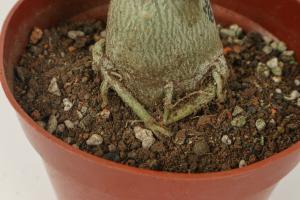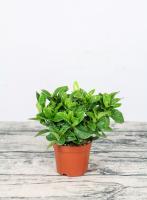Are Snake Plants Good Outside?
Snake plants, also known as Sansevieria or mother-in-law's tongue, are popular indoor plants. They are known for their ability to purify the air by removing toxins such as benzene, formaldehyde, and xylene. However, many people wonder if snake plants can also thrive outside in gardens or on patios. In this article, we will explore the benefits and challenges of growing snake plants outdoors.
Benefits of Growing Snake Plants Outside
Growing snake plants outdoors can offer several advantages. Firstly, these plants can handle a wide range of temperatures and light conditions, making them suitable for gardens with varying levels of sun exposure. Secondly, snake plants are drought-tolerant and can survive in soil with poor drainage, making them low-maintenance options for gardens with limited irrigation systems. Lastly, snake plants can attract pollinators, such as bees and butterflies, which can help improve the health of the ecosystem as a whole.
Challenges of Growing Snake Plants Outside
While snake plants are versatile, they may face several challenges when grown outside, depending on the climate and soil conditions. In colder temperatures, snake plants can become dormant or suffer from frost damage. Additionally, if the soil is too wet, the plant's leaves can become yellow or mushy, resulting in root rot. Snake plants also prefer well-draining soil and may struggle in heavy clay soil or areas of standing water.
Tips for Growing Snake Plants Outside
If you're keen to grow snake plants outside, there are several tips you can follow to ensure their success. Firstly, choose a location with well-draining soil and that gets plenty of bright, indirect sunlight. In areas with colder climates, plant snake plants in containers that can be brought indoors during winter months. Secondly, water snake plants only when the top two inches of soil feel dry, and avoid overwatering to prevent root rot. Lastly, add organic matter to clay or sandy soil to improve drainage and nutrient uptake.
In summary
Snake plants can be excellent choices for outdoor gardens if grown in the right conditions. They are versatile, drought-tolerant, and can attract pollinators, making them a valuable addition to any ecosystem. However, snake plants may struggle in cold temperatures, wet soil, or areas with poor drainage. With proper care and attention, snake plants can thrive outside and offer numerous benefits to your garden.

 how many times do yo...
how many times do yo... how many planted tre...
how many planted tre... how many pine trees ...
how many pine trees ... how many pecan trees...
how many pecan trees... how many plants comp...
how many plants comp... how many plants can ...
how many plants can ... how many plants and ...
how many plants and ... how many pepper plan...
how many pepper plan...






























